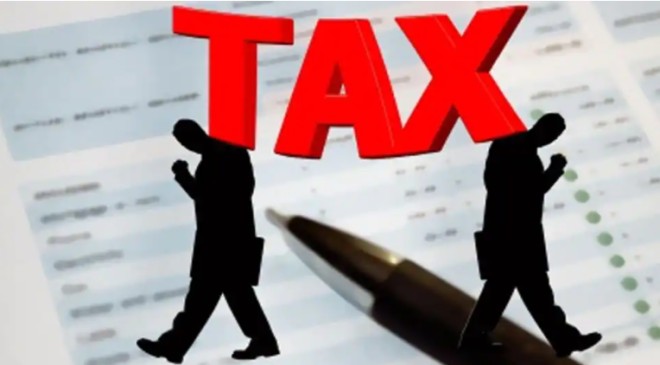Despite fewer deductions, certain allowances and exemptions remain available under the new tax regime. These are mentioned below.
New Delhi: As the financial year 2023-24 draws to a close, investors are on the lookout for strategies to minimize their tax liabilities and boost savings. With the availability of two income tax regime options, understanding the nuances of each can help taxpayers make informed decisions to optimize their finances.
Read More: ITR Filing 2024: How To Maximise Tax Savings With EPF Contributions
Introduction Of New Tax Regime
Introduced under Section 115BAC in Budget 2020, the new tax regime offers lower tax rates but fewer deductions compared to the old regime.
Notably, the new regime has now become the default option, meaning taxpayers who do not actively choose either regime will automatically be placed under the new one.
Read More: ITR Filing: How To E-Verify Income Tax Return Online Via Aadhaar Number
Tax Rates Under New Regime
– Individuals with an annual income of up to Rs 3 lakh are exempt from paying any tax.
– Tax rates range from 5 percent for incomes between Rs 3-6 lakh, to 30 percent for incomes exceeding Rs 15 lakh.
– Moreover, a tax rebate is available on incomes up to Rs 7 lakh, providing relief for individuals with salaries up to Rs 7.5 lakh.
Read More: ITR Filing: Here’s How To File ITR If Your PAN Card Is Inoperative; Check Details
Available Allowances And Deductions Under New Tax Regime
Despite fewer deductions, certain allowances and exemptions remain available under the new tax regime. These are:
– All taxpayers can claim a standard deduction of Rs 50,000.
– Deductions on long-term capital gains from equity shares or mutual funds are capped at Rs 1 lakh.
– Furthermore, various exemptions apply to allowances such as transport, conveyance, travel, and employer contributions to employees’ NPS accounts, among others.





































